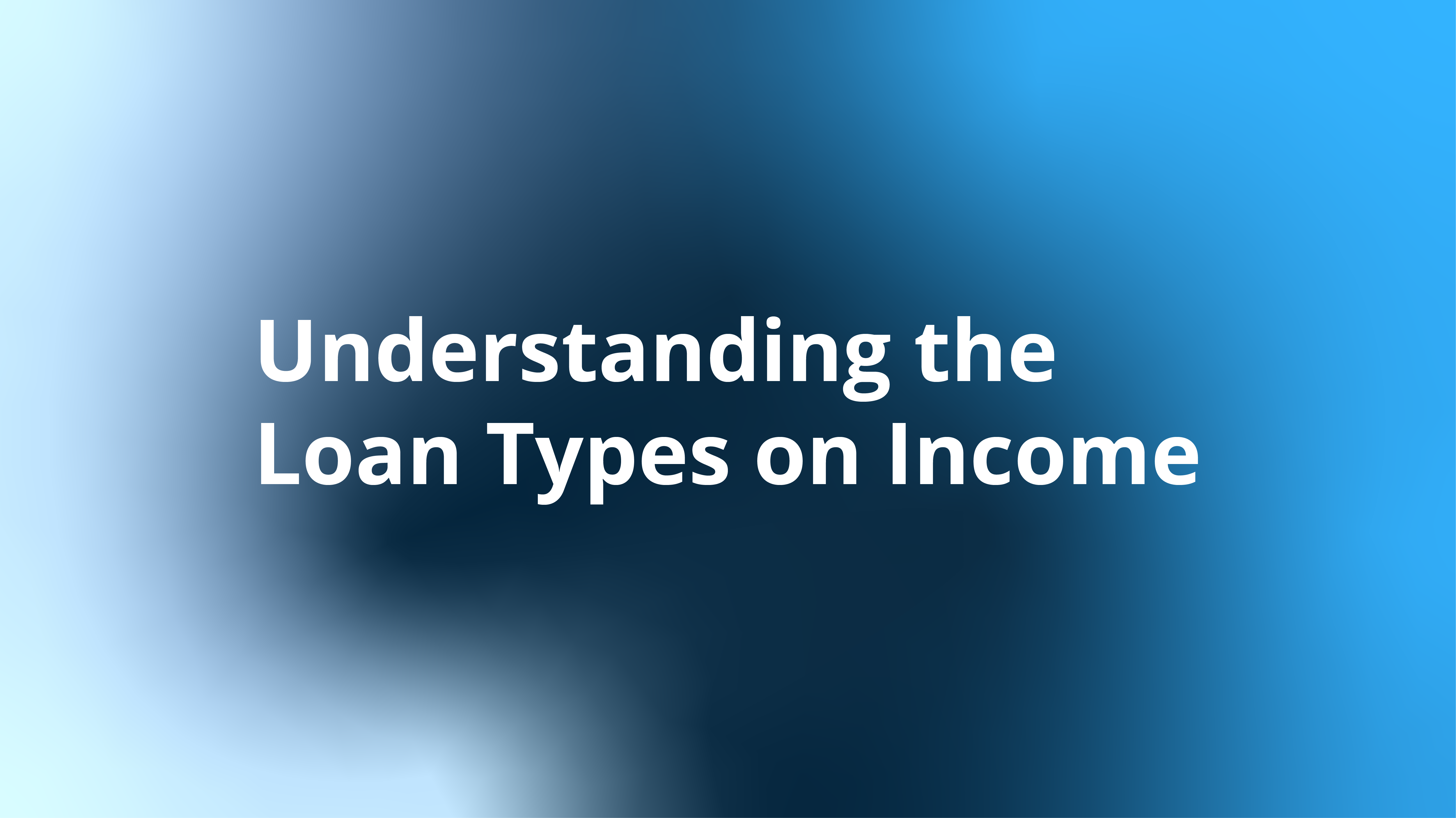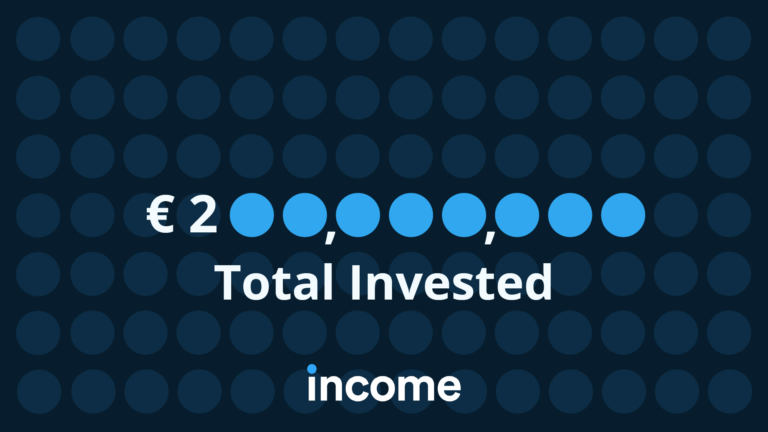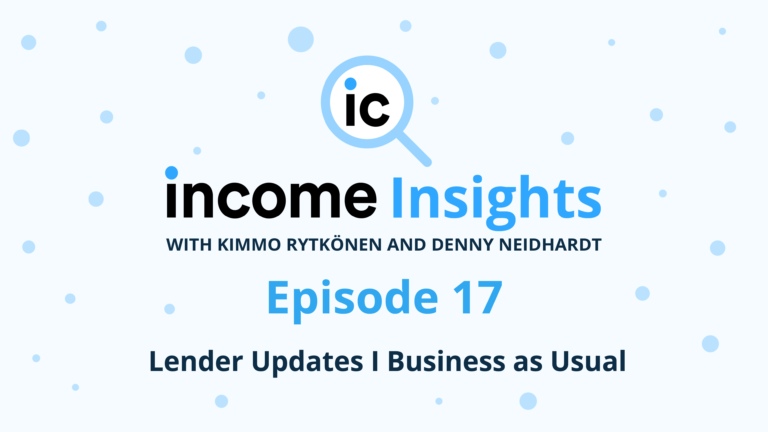Before you dive into investing and creating your Auto Invest strategies, it helps to understand the different categories of loans you might encounter on Income. Each loan type has unique features—like how long it runs, how it’s repaid, or whether it includes specific forms of collateral—and every investor has different comfort levels and objectives.
Short-term loans, for example, are quick-cash infusions meant to be repaid within a few months. They often offer higher interest rates but may allow for term extensions, which some LOs consider part of their business model. A popular subtype of short-term lending is the “payday” loan, which traditionally lasts around 30 days. Though modern payday loans no longer involve writing a postdated check, the name still implies a very brief borrowing period and relatively high rates.
In contrast, instalment loans involve multiple payments spread out over a term of anywhere from 2 to 72 months. An investor in such a loan receives periodic instalments of both principal and interest. If, for example, you invest in a 10-month instalment loan, you’ll receive payments every month until the loan is fully repaid. This option is attractive to many who appreciate the predictability of receiving cash flows on a set schedule.
In addition to regular instalment loans, you can also find different instalment loans on Income like “Installment loan, long” and “Installment loan, premium”. Long indicates that this instalment loan is longer than the regular loan that the investors are used to currently. “Installment loan, long” is used primarily by ITF Group, and the maximum maturity is set to 24 months, which is longer than their regular instalment loans, where the maximum maturity is set to 12 months.
ITF Group also uses the term “Installment loan, premium,” which refers to bigger-ticket loans for its premium clients.
Then, there are secured loans, where the borrower pledges collateral to protect against default. Should the borrower fail to repay, the LO can liquidate the collateral to recover the debt. Because of this safety net, secured loans can sometimes be considered less risky than unsecured options. However, the actual risk level depends on many factors, such as the borrower’s financial health and the overall market conditions.
The “Secured loan” type is used on Income by the Estonian SME lender Hoovi, who secures loans using either a mortgage or a car. It is important to note that even though tangible assets secure the loans, neither the Income nor Income investors hold the collateral. Hoovi holds the collateral and will only have the right to claim it if the borrower defaults on the loan.
Another category you’ll encounter on Income is “Car rental” offered by Current Auto. In this setup, your investment is tied to rental claims that Current Auto issues to its customers. Rather than leasing vehicles to a single borrower over a fixed term, these rentals can be short- or medium-term, and your returns come from the ongoing rental payments generated by each car.
A notable loan type on Income is “Litigation loans”, exemplified by Sandfield Capital, a UK-based Loan Originator. Litigation loans are a specialised form of financing used to fund legal cases, typically provided by lending firms that cover a plaintiff’s or law firm’s litigation expenses in exchange for a portion of the anticipated settlement. These loans on Income employ a “bullet” structure, meaning the principal and all accrued interest are paid back in a single lump sum at the end of the term rather than through monthly instalments. Litigation loans on Income also include an insurance component to mitigate losses if the case fails, though the insurer’s coverage benefits the lender rather than the individual investor.
“Collection Claims” are the newest type of loan on Income and represent business loans that have already been terminated due to the borrower’s non-payment. Hoovi offers these claims in one of four stages—pre-court, court, court settlement, or bailiff—though cash recovery most often begins at the settlement or bailiff stage. Rather than selling its non-performing loans to outside agencies (and incurring steep discounts), Hoovi manages the collection process in-house, drawing on its extensive experience and data in debt recovery. For investors, Collection Claims use a virtual 12-month semi-bullet repayment schedule that is separate from actual debtor payments; if payments within a quarter fall below the target schedule, the claim becomes past due, and after 60 days, Hoovi repurchases it—similar to any regular loan on the platform. While there is no additional credit risk compared to Hoovi’s regular offerings, investors could experience slower cash flow if the debtor delays payments; to offset this, Hoovi sets the interest rate on Collection Claims about 1–2 percentage points above its standard loans.
Loan Originators on Income have started offering an Early Buyback feature for longer-term loans. This means the Loan Originator might repurchase the loan earlier than the full maturity date—sometimes after 12 months on a multi-year loan. While this can provide extra liquidity for investors, it may come with a discount mechanism that slightly reduces final returns. The discount structure will be clearly listed with the loan, so it’s worth studying those terms if you want to include such loans in your portfolio.
Regardless of which loan types appeal to you, keep in mind that all investments on Income come with added layers of security, namely the Buyback Obligation (where the LO repurchases the loan if payments are seriously overdue) and the Cashflow Buffer (which uses the LO’s portfolio of ongoing loans as security). These features provide a safety net that helps reassure investors and keep returns on track.
You can craft a more informed, diversified strategy by familiarising yourself with these loan categories—short-term, instalment, secured, car rentals, and those offering Early Buyback. Combined with a well-tuned Auto Invest setup, this knowledge will help you build a portfolio that suits your time horizon, risk tolerance, and earnings goals. If you’re ready to get started, simply sign in and explore the latest listings to find loans that match your criteria.
Happy investing!




